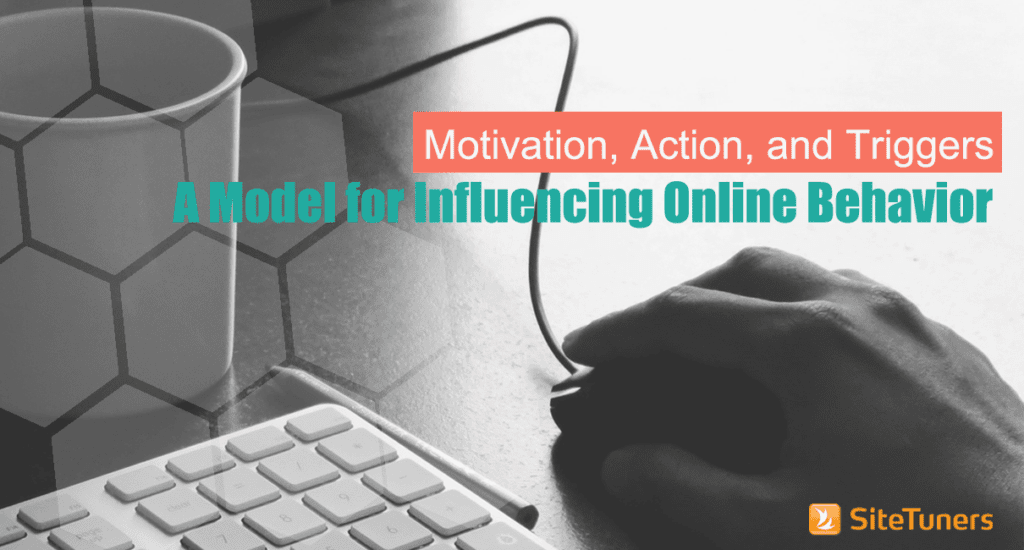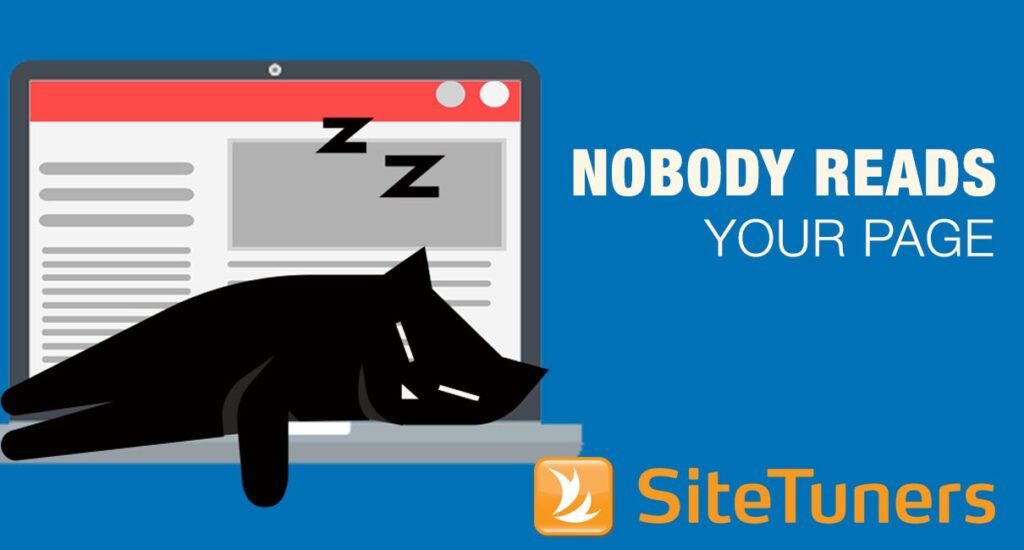Summary: In this blog post, let’s discuss the power of interactive tools and feedback mechanisms to increase engagement and improve business outcomes. We will explore the strategic integration of interactive tools to elevate brand perception, foster unwavering loyalty, and amplify engagement within the business landscape. These tools have a track record of enhancing user experience and conversion rates and are potent catalysts for elevating overall brand impact.
Introduction to Interactive Tools and Feedback Mechanisms
Interactive tools are digital components designed to actively involve users in various online experiences. For instance, live chat features offer real-time customer support, quizzes entertain and educate, surveys collect valuable feedback, and feedback forms enable customers to share their opinions. These tools are instrumental in creating interactive and engaging user journeys, ultimately increasing user satisfaction and loyalty. Moreover, businesses rely on feedback mechanisms to gather insights from their target audience, helping them make informed decisions to enhance their products or services.
In a competitive digital environment, the effectiveness of interactive content is becoming increasingly evident. Statistics reveal that 81% of marketers believe interactive content outperforms static content, capturing users’ attention, fostering engagement, and driving conversions. By leveraging these interactive tools and feedback mechanisms, businesses can differentiate themselves from competitors and create meaningful interactions with their audience, improving brand perception and customer loyalty.
Components of Interactive Tools
Interactive tools encompass various digital elements to engage users and enhance their online experience. One key component is integrating live chat features, which enable real-time customer support and interaction. By offering immediate assistance and addressing customer queries, live chat boosts engagement and fosters a sense of trust and reliability in the brand. For example, companies like XYZ Corp have significantly increased customer satisfaction and retention rates after implementing a live chat support system on their website.
Moreover, user feedback tools such as surveys and feedback forms are crucial in collecting valuable customer insights. These tools provide a structured approach to gathering feedback on products, services, and overall user experience, which can inform strategic decision-making within the organization. For instance, Company ABC uses feedback forms strategically placed on its website to gather suggestions for product improvement directly from its user base. By analyzing this feedback, they have made data-driven decisions that align with customer preferences, ultimately leading to enhanced products and services. Successful companies understand the importance of incorporating interactive tools like live chat and feedback mechanisms to create a user-centric digital environment that drives engagement and loyalty.

Benefits of Interactive Content
Interactive content is a powerful tool that captures users’ attention and actively involves them in the brand experience, shifting from passive consumption to active engagement. For instance, interactive elements like calculators, polls, quizzes, and videos allow users to interact with the content, making the overall experience more immersive and memorable. This increased engagement often translates into longer time spent on a website, boosting user interaction and brand loyalty.
Furthermore, the effectiveness of interactive content in setting brands apart from competitors cannot be overstated. Research indicates that 90% of marketers agree that interactive content is a successful differentiator. For example, companies implementing interactive tools like live chat features for real-time customer support and feedback mechanisms for gathering valuable insights are more likely to stand out in a crowded digital landscape. This uniqueness attracts more users and promotes a deeper connection between the brand and its audience, ultimately increasing conversions and customer retention rates.
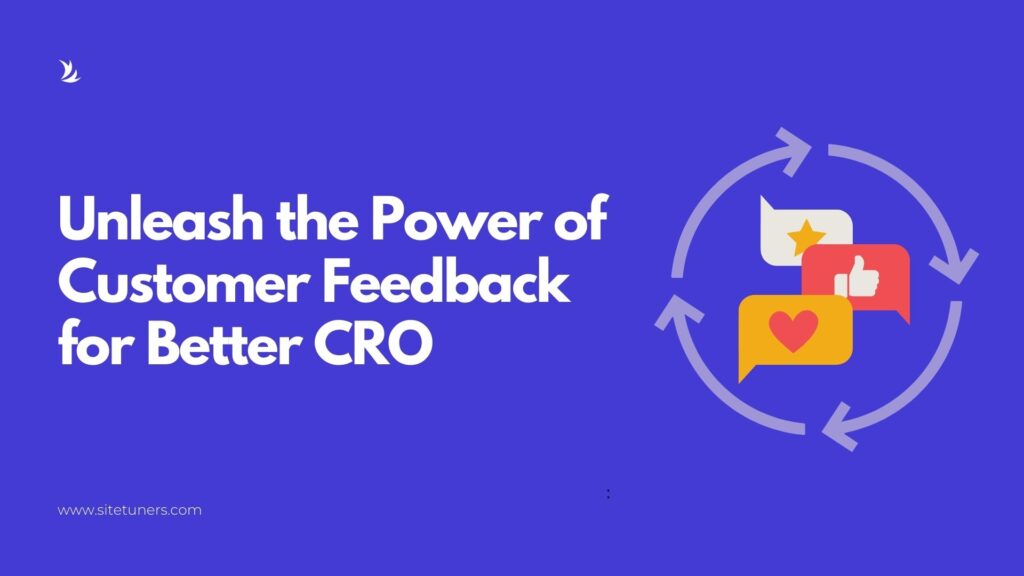
Unleashing the Power of Customer Feedback: Your Path to Conversion Rate Optimization
Implementing Effective Feedback Mechanisms
Companies need to implement effective feedback mechanisms beyond merely collecting feedback. They must ensure that the data is structured for systematic analysis and interpretation. By organizing feedback systematically, businesses can more efficiently identify trends, joint issues, and areas for improvement, leading to actionable insights that drive decision-making processes. For example, a company may use feedback forms with specific categories or rating scales to categorize feedback, making it easier to analyze and prioritize improvements based on customer preferences and pain points.
In addition to structured data collection, companies should focus on continuously evolving their feedback mechanisms. This involves continually testing different formats, question types, and delivery methods to refine the feedback process. By regularly evaluating and adapting feedback mechanisms, businesses can stay agile and responsive to changing customer needs and expectations, ensuring that their products or services remain relevant and competitive. For instance, a company might introduce new feedback channels such as live chat support or interactive surveys to gather more immediate and detailed insights, enhancing the overall customer feedback experience.
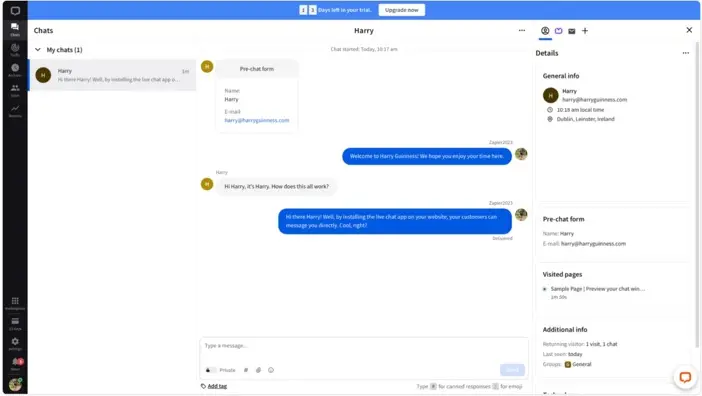
Livechat, a super solid, fully-featured live chat option
Interactive Marketing Strategies to Increase Engagement
Interactive marketing strategies encompass various tools and techniques that actively involve users in the online experience, leading to better engagement and increased conversions. For instance, quizzes have been widely popularized by brands like Buzzfeed, using them to entertain users and gather valuable data for audience segmentation and lead generation. Additionally, interactive videos have become a staple in marketing campaigns, allowing users to interact with the content by choosing different paths or outcomes, deepening engagement, and holding viewers’ attention for extended periods. Furthermore, calculators have proven effective in providing personalized user experiences, such as budget calculators on financial websites or skincare product selectors on beauty platforms, resulting in higher user engagement and improved conversion rates.

Strategic implementation of interactive tools is crucial to ensure that they serve their intended purpose without overwhelming or distracting users. For instance, Volkswagen’s “Think Blue” campaign successfully utilized an interactive calculator to help users estimate their carbon footprint, aligning with the brand’s sustainability message while engaging users meaningfully. By studying such examples, businesses can gain insights into how to strategically incorporate interactive elements into their marketing strategies, considering factors like user intent, brand messaging, and desired user actions to maximize the impact of these tools on engagement and conversions. Ultimately, businesses that adopt interactive marketing strategies benefit from increased user interaction, longer time-on-page, and a competitive edge in the digital landscape, setting themselves apart from static content and traditional marketing approaches.
Conclusion on the Impact of Interactive Tools
In conclusion, interactive tools and feedback mechanisms play a pivotal role in business success by offering unique opportunities to engage with customers actively and gather crucial insights to refine products and services. These tools boost user engagement, foster brand loyalty, and set companies apart from their competitors. For instance, a company like Starbucks effectively uses a mobile app with interactive elements like personalized offers and rewards to enhance customer engagement and retention rates.
Moreover, implementing interactive content strategies can significantly impact key performance indicators such as conversion rates and lead generation. By adopting tools like interactive calculators or virtual product demonstrations, businesses can provide a more immersive and personalized experience for their audience, leading to increased sales and customer satisfaction. An excellent illustration of this is the success of Sephora, which utilizes virtual makeup try-on tools to enhance the online shopping experience and drive conversions.
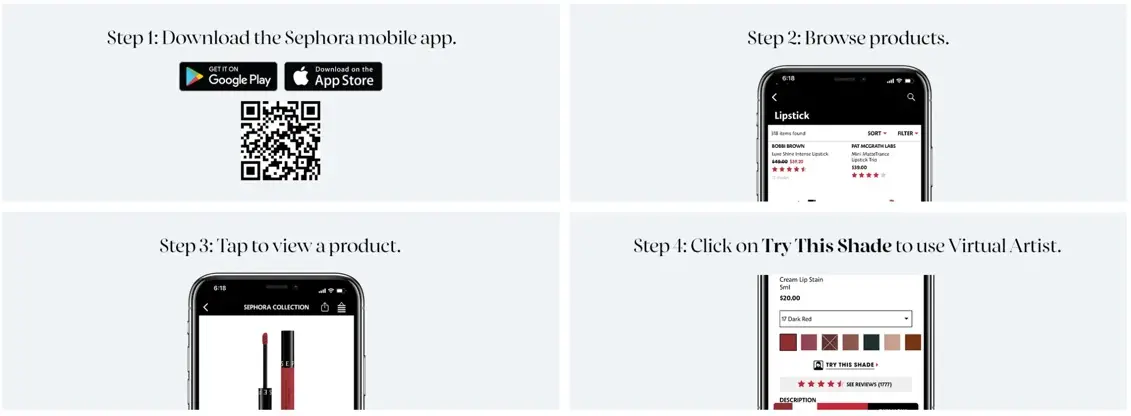
In essence, businesses that leverage interactive tools and feedback mechanisms strategically are better positioned to meet customer expectations and exceed them, creating a competitive advantage in the digital landscape. Embracing interactivity is not just a trend but a fundamental aspect of modern marketing and customer experience strategies that can drive growth and success for businesses across various industries.

